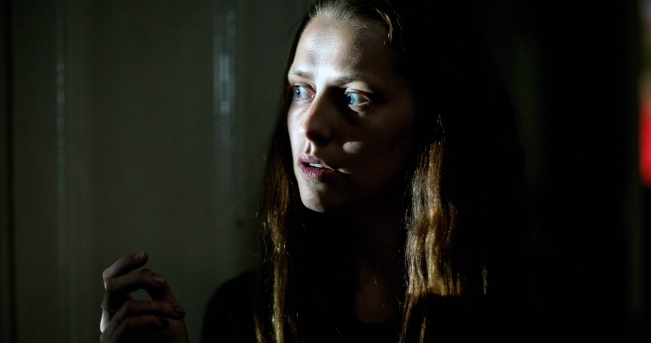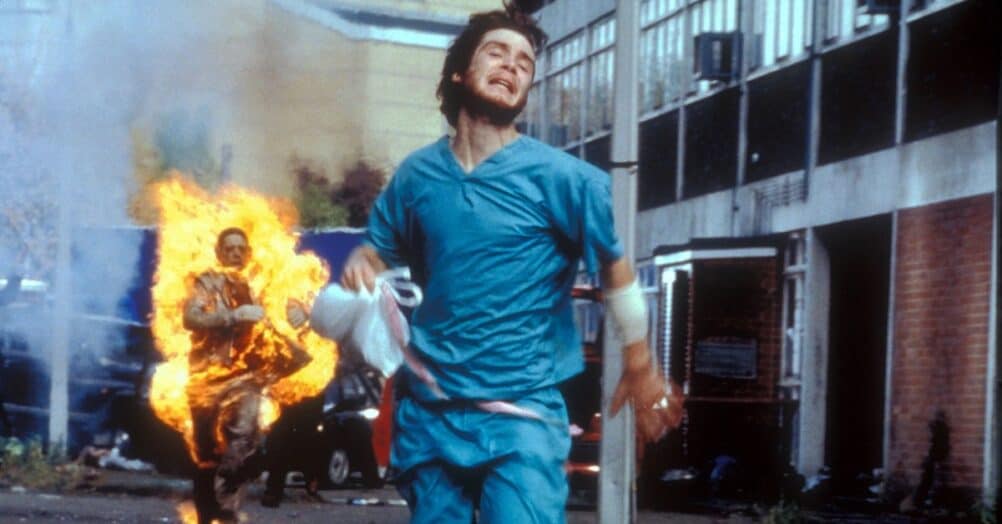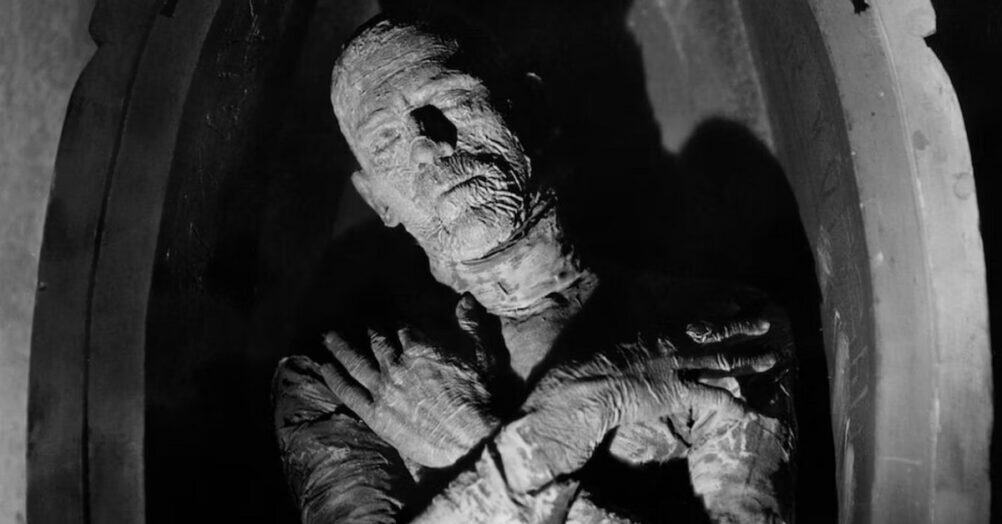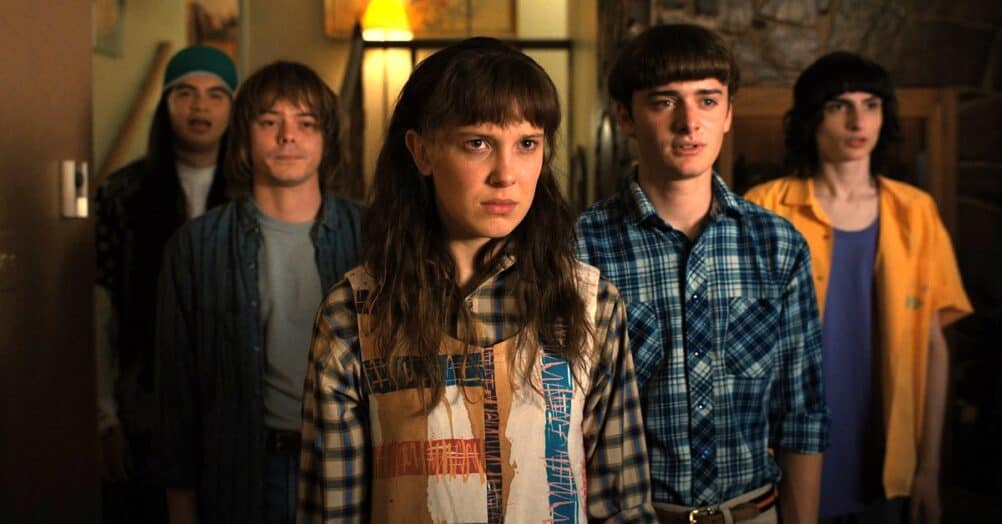Last Updated on July 21, 2021

PLOT: An Australian backpacker (Teresa Palmer) traveling through Germany has a one-night stand with a stranger (Max Riemelt) only to discover the next morning that he’s made her a captive in his prison-like apartment.
REVIEW: The premise for BERLIN SYNDROME is admittedly familiar. A young, gorgeous girl is held prisoner by psychopath. We’ve seen this movie before, right? Here’s the thing about BERLIN SYNDROME, as predictable as the story is, the execution is far from typical. Being about a woman’s sexual exploitation by a predator, the movie could have easily became something akin to torture porn. In the hands of a female director, Cate Shortland, the exploitation element is toned way down, emphasizing character over acts, giving is a Polanski-like feel.

Teresa Palmer has a strong showcase part as the backpacker, Clare. Older than your usual hostel-dwelling traveler, she’s come to Berlin for a change of scenery and to awaken something within herself – something she thinks is stirred up by meeting the charming Andi (Max Riemelt). Handsome and sophisticated, their courtship is quite romantic, and their first sex scene is charged with an erotic jolt unusual in the prudish way most love scenes are filmed. Palmer is fully nude several times in the film, something that’s initially dazzling, but takes on an uncomfortable undertone once we realize what’s really going on with Andi, who’s gone so far as to tattoo “mine” in German on her shoulder while she was asleep.
From there, it becomes less the cat and mouse thriller you’d assume and more of a character study. Both are given equal screen-time. Clare is shown trying to escape, with sudden doses of grisly violence whenever an attempt goes awry, but at a certain point we see her somewhat acclimate to her new, grim reality, with this taking place over months and months. Similarly, Andi is shown visiting his father and teaching his classes, although his sinister intentions are wound-up by a growing obsession with one of his students, which kicks in a third-act that, again, doesn’t quite go where you think it would.

Shortland’s direction is sophisticated, and the production values are high with location photography, and a somewhat avant-garde score by Bryony Marks. The acting is top-shelf, with Palmer and Riemelt evenly matched. Palmer in particular benefits from Shortland’s direction. So often used as window dressing due to her striking good looks, she’s a well-rounded character here and very easy to invest in. It’s really only marred by the length, which, at just under two hours, is punishing for such a deliberately paced film. At ninety minutes this would have been perfect.
BERLIN SYNDROME wound-up being one of the first big acquisitions of Sundance this year, with Netflix picking it up for worldwide distribution. That’s as good a home as any, as it’s too arty to ever really be marketed as mainstream horror, but also too much of a genre film to really be sold to an art-house distributor. This way, a decent sized audience will be able to see it, and curious genre fans, while denied any major thrills, might find themselves thoroughly invested in it.


















Follow the JOBLO MOVIE NETWORK
Follow us on YOUTUBE
Follow ARROW IN THE HEAD
Follow AITH on YOUTUBE